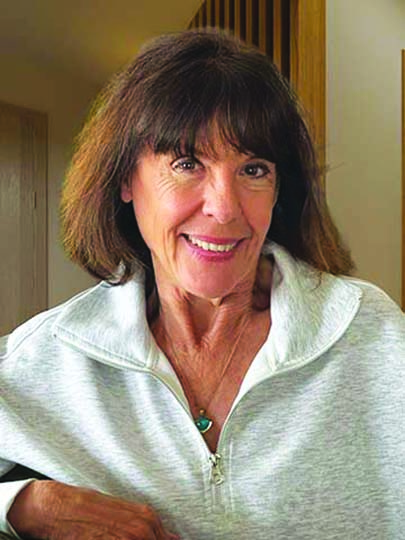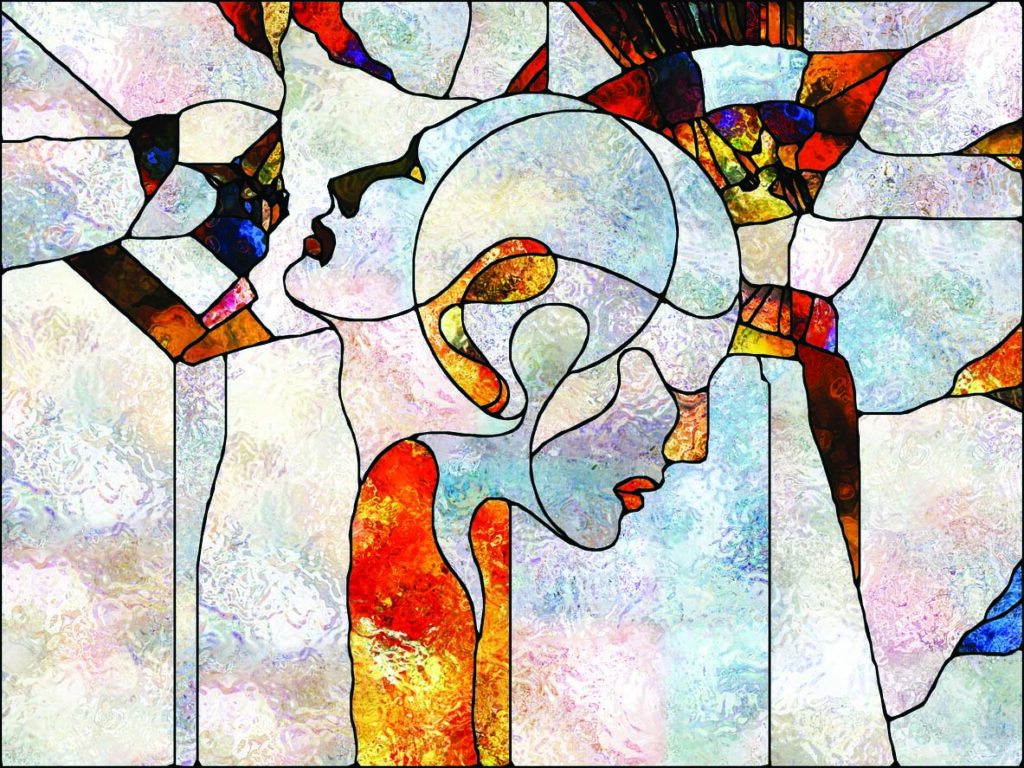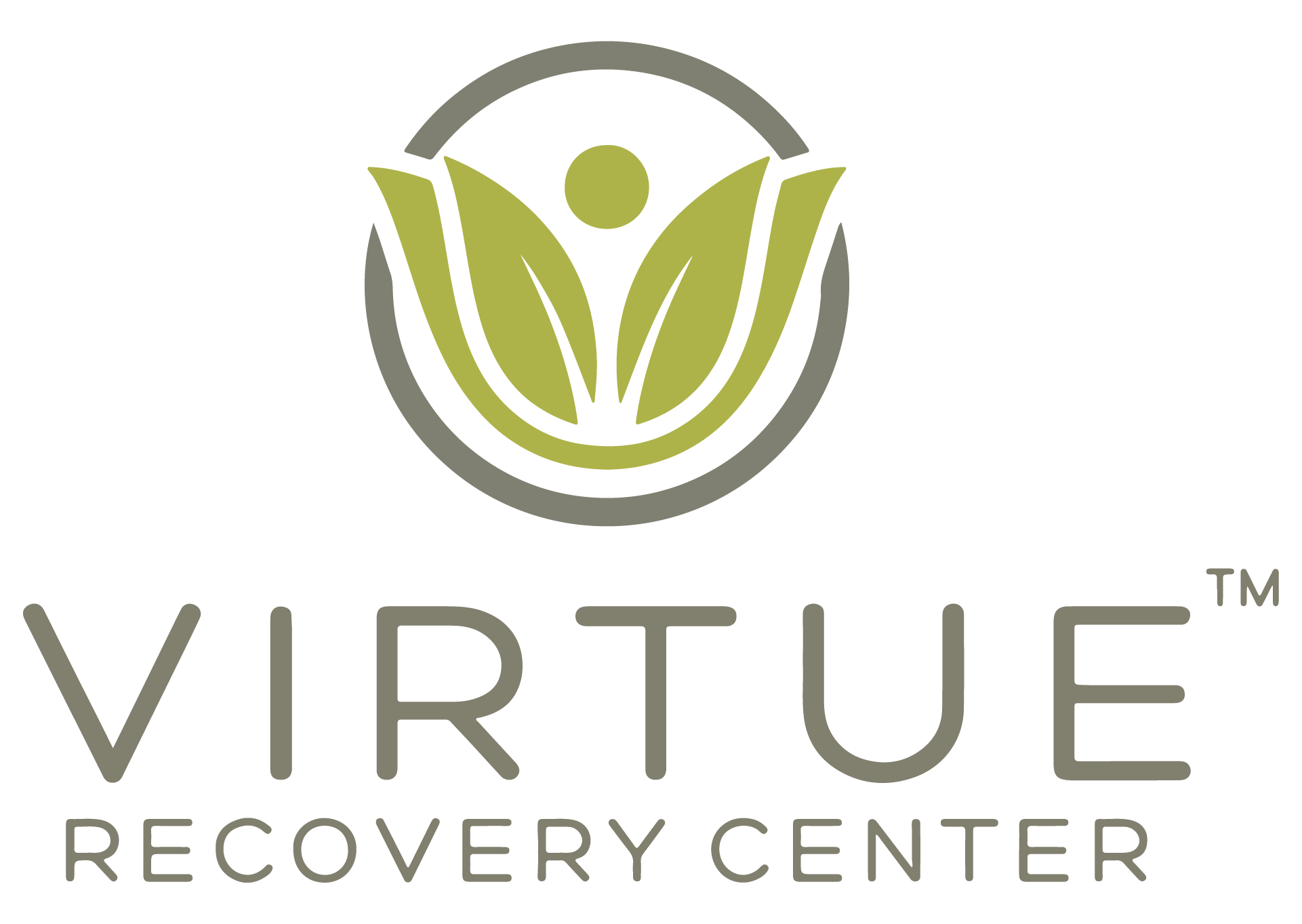The Mental Health Mosaic
By Karlyn Pleasants, PsyD
In 2019, I visited the Sagrada Familia in Barcelona, the awe-inspiring basilica designed by Antoni Gaudi, and decidedly the most visually stunning experience of my life. The montage of vibrant colors, swirling shapes, and intricate details of this grand masterpiece were sometimes overwhelming, and when I looked up to take in the light streaming through the vast mosaic stained-glass windows, it literally took my breath away.
Mosaics as an artform can be magnificent in their complexity while their almost unfathomable brilliance when the light strikes just right delivers an extraordinary gift. Close up, the broken pieces and mismatched shards seem randomly strewn about, a disordered collection of clashing and unrelated chips and fragments. Yet, when we step back to take a wider view, the discordant pieces began to take shape, blending and organizing themselves into a harmonious composition that ultimately reveals a distinct picture, one nearly impossible to perceive when we only see the individual pieces.
If I’ve learned one thing in all my years of clinical practice and guiding treatment programs designed for individuals and families with complex mental health experiences, it’s this: The acute symptoms and their reported contexts—snapshots taken in a moment of crisis, at the emergency room, while under the influence, while detoxing, during a loss, or after a traumatic experience — are shards. They are fragments of the bigger, much more intricate picture of the people, their experiences, and the legacies from which they spring.
Each fragment is a unique piece, an important piece, of the larger picture. Together, they form a story of greater scope, a more complete account that when considered in whole rather than through individual chapters, offers an opportunity to transcend the limitations that often, and sadly, come from narratives related to mental illness, diagnoses, prognoses, and inadvertent (or intentional) judgment and stigma.
The untold and sometimes unknown histories of one’s family often hold a key to better understanding the origin of the symptoms, distress, and patterns that exist, perhaps for years: “chronic” insomnia, “random” anxiety or panic attacks, thoughts that seem to come from “nowhere,” and feelings that just don’t make sense. Illuminating the pieces of our generational legacies, witnessing the story fragments that emerge, and reconciling that which was previously unseen can help light the way on the path to wholeness and freedom.
I have been given the extraordinary gifts of seeing the “fixed delusions” of a young man with paranoid schizophrenia begin to resolve once the fragment of a multi-generational family secret was brought to light. Of witnessing the “persistent emotional disturbance” of a middle-aged woman long-diagnosed with a “chronic” personality disorder soften and abate once the hidden shard of a decades-old secret about her birth was revealed. Of watching a young woman recover and an entire family begin to heal once the piece of trauma previously dismissed as “random” was integrated into the picture of the severe, “treatment resistant” anorexia their daughter had been struggling with for years.
Each one of these stories, and so many others, is a beautiful masterpiece, complex and magnificent. Comprised of seemingly random pieces, broken shards, and mismatched fragments. A whole, that once seen through the light of a broader perspective, is stunning, sometimes unfathomable, at times overwhelming, and can certainly take one’s breath away with its brilliance. An extraordinary gift for certain.
I believe the bigger pictures have the space to be revealed when diagnoses and symptoms are not simply accepted at face value, but instead challenged and redefined through shining light on the entire mosaic. Through that wide-angled lens, we can see the whole while simultaneously valuing each individual shard and fragment. Taking this perspective, we are better equipped to support individuals and families in envisioning a life of possibilities heretofore unimagined, not subject to the limitations of labels, and beginning to heal and transform in wonderful and inspiring ways.
Completing a thorough genogram can help illuminate countless, colorful pieces that help give shape to the mosaic. Not just the tragedies and traumas, but the strengths and successes that have also been passed down through the generations. This process not only strengthens rapport, but offers opportunity for each revealed fragment to be witnessed and integrated, creating safety and a sense of collaboration that we are indeed in this together, and that indeed, there is hope for something more.
I believe there is always more to be discovered in the shadows and in the light. That when we are willing to ask about and integrate the pieces and fragments that previously seemed unrelated or irrelevant—to let the light stream through all of them—a symphony of sorts emerges, the song of the mosaic that sings of wholeness, hope, and possibility. Can you hear it?
 Karlyn Pleasants is a clinical psychologist, international speaker, and Chief Clinical Advisor at Anew Treatment Center in Scottsdale, AZ. She is whole-heartedly committed to shifting paradigms and rewriting narratives about mental health, healing, and the infinite possibilities available when we take in the bigger picture. She is also the author of the best-selling novel Feathers from the Fire, a story about transcending the trappings of stigma and generational trauma, following the call to find meaning and purpose, and the importance of having supportive allies to help guide the way.
Karlyn Pleasants is a clinical psychologist, international speaker, and Chief Clinical Advisor at Anew Treatment Center in Scottsdale, AZ. She is whole-heartedly committed to shifting paradigms and rewriting narratives about mental health, healing, and the infinite possibilities available when we take in the bigger picture. She is also the author of the best-selling novel Feathers from the Fire, a story about transcending the trappings of stigma and generational trauma, following the call to find meaning and purpose, and the importance of having supportive allies to help guide the way.
Visit https://www.karlynpleasants.com



































